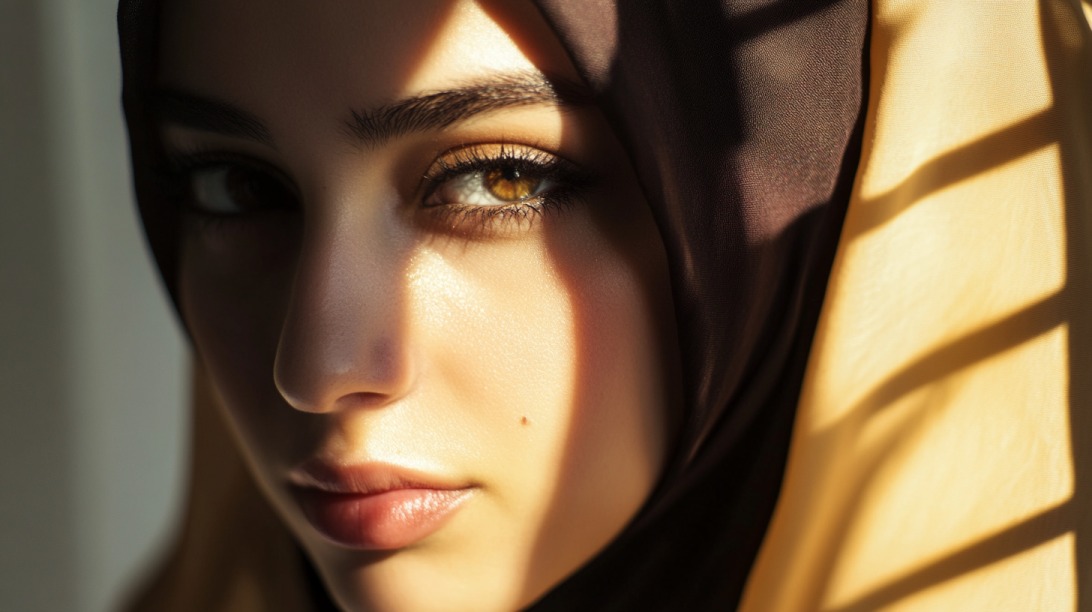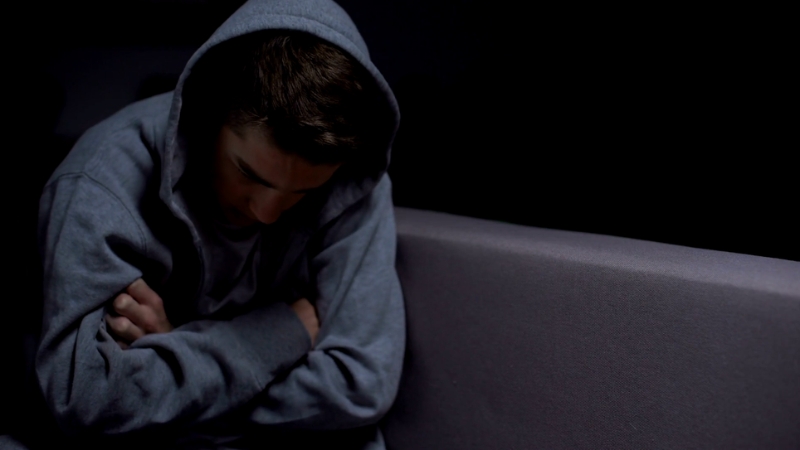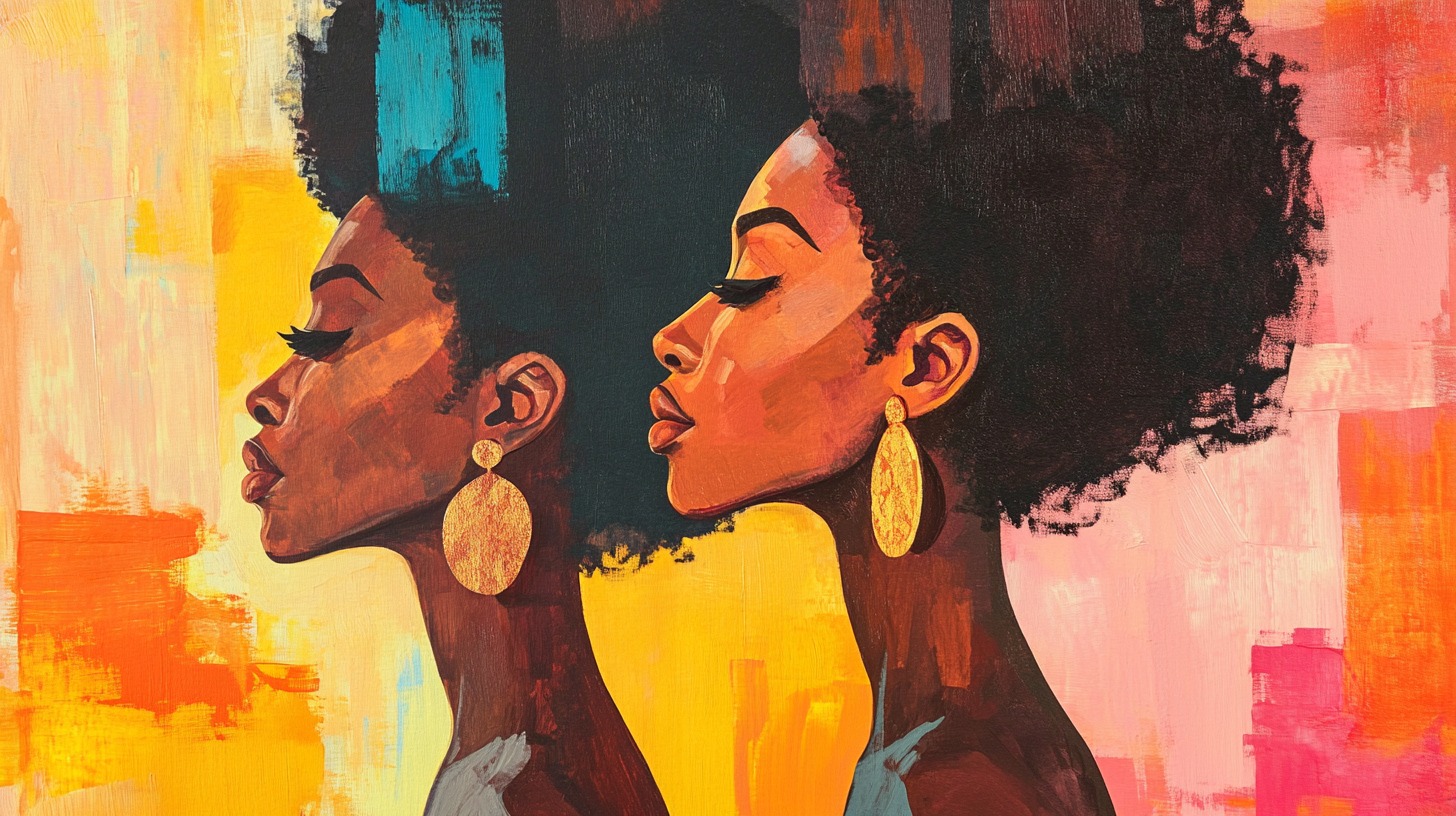Media wields immense influence over how societies perceive different groups and how individuals perceive themselves. Every image, narrative, and portrayal leaves a lasting impact, shaping beliefs and expectations. In the case of Muslim women and girls, proper, authentic representation becomes crucial.
Accurate depictions are essential to counter harmful stereotypes, support mental health, and ensure political and social fairness.
Let us see why the media representation matters for Muslim women.
Impact of Misrepresentation
Public narratives and visual depictions play a significant role in shaping societal attitudes.
When groups are consistently misrepresented, consequences are often severe and far-reaching. Muslim women and girls have been persistently subjected to inaccurate and harmful portrayals across various media platforms.
These misrepresentations not only foster public misconceptions but also impose lasting social, psychological, cultural, and political burdens.
Social and Psychological Effects
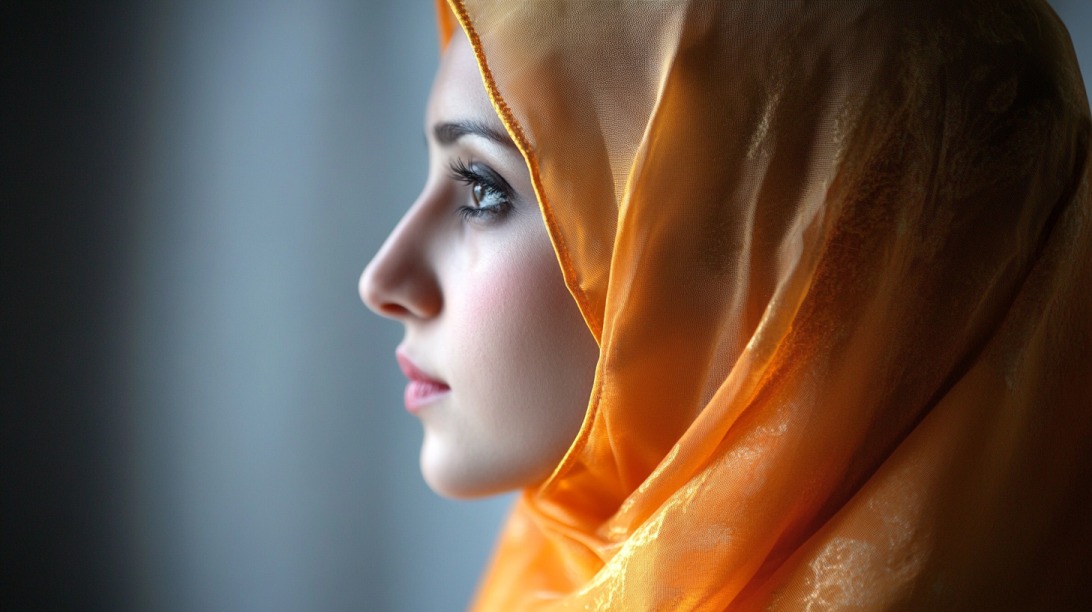
Misrepresentation of Muslim women and girls has led to real and measurable consequences. Harmful portrayals in television, film, and news media fuel Islamophobia, contributing to widespread discrimination.
Many Muslims in the United States have reported experiencing bias and unfair treatment as a direct result of negative media stereotypes.
Young Muslim women, in particular, often carry the psychological burden of these portrayals.
- Continuous exposure to negative stereotypes significantly affects mental health.
- Internalized negative media portrayals contribute to feelings of despair and isolation.
- Images that depict Muslim women as oppressed or voiceless damage self-perception and reinforce a sense of otherness.
Growing up amid such narratives can lead to long-term emotional distress, further widening the gap between Muslim communities and broader society.
Cultural and Political Ramifications
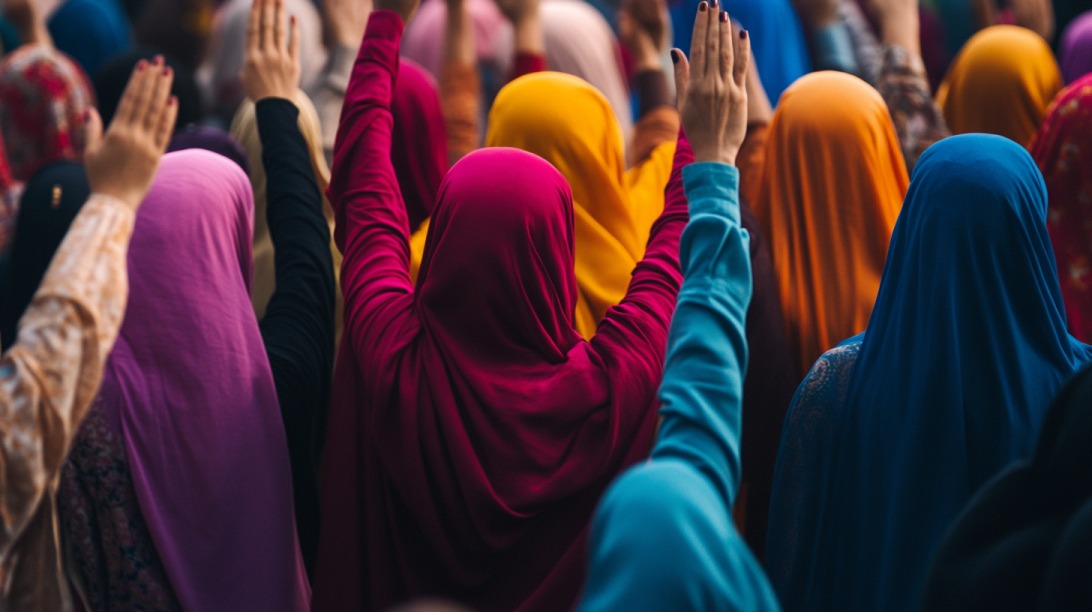
Misrepresentation has not remained confined to personal experiences; broader cultural and political consequences have unfolded as a result.
Decision-makers and media outlets have weaponized stereotypical portrayals to serve specific agendas, particularly in international and domestic policy.
- Governments and organizations have used narratives framing Muslim women as helpless victims to rationalize interventions in Muslim-majority countries under the guise of liberation.
- Media and public figures have allowed stereotypes suggesting Muslims are violent or regressive to seep into mainstream discourse, influencing immigration policies, security measures, and surveillance programs.
- Policymakers have created laws rooted in fear and misconception, restricting the rights and freedoms of Muslim individuals, particularly women who wear visible religious symbols.
Consequences reach far past entertainment or storytelling, actively shaping how entire communities experience societal treatment and governmental policy.
The Reality of Muslim Women’s Lives
Public narratives often paint Muslim women with a broad and inaccurate brush. Instead of relying on stereotypes or limited portrayals, a closer view reveals a rich and empowering reality.
Islamic teachings and the lived experiences of Muslim women highlight principles of respect, agency, and cultural richness that deserve wider recognition.
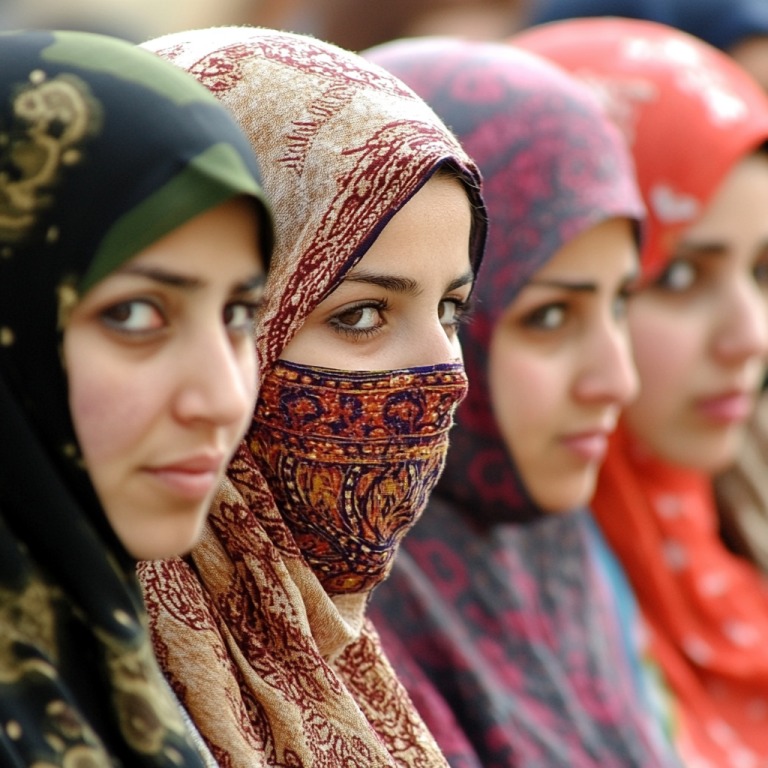
Islam’s True Teachings on Women
Authentic Islamic teachings emphasize respect, dignity, and the protection of women’s rights.
Historically, women in Islamic societies were granted rights to property, inheritance, and education during periods when such opportunities were rare in many other parts of the world.
Core Islamic principles advocate for women’s independence and agency, promoting a perspective far removed from the portrayal seen across much of modern media.
- Muslim women were historically granted full rights to own, manage, and inherit property.
- Seeking knowledge is considered a religious duty for every Muslim, men and women alike.
- Women have the right to accept or reject marriage proposals, and to seek divorce under certain circumstances.
- Women retain individual legal identity, separate from their husbands or male relatives.
These teachings present a framework centered around empowerment, fairness, and respect.
Diverse Experiences Beyond the Veil
Muslim women’s lives reflect a vast range of cultures, ethnicities, and personal experiences. Not all Muslim women hail from Middle Eastern or North African backgrounds.
Flourishing communities exist across Africa, Asia, Europe, and the Americas, each contributing traditions and personal narratives.
Many Muslim women wear hijab or other forms of modest dress as a source of empowerment, pride, and spiritual commitment, not oppression. Their identities are layered, multifaceted, and filled with strength and resilience.
- Muslim women belong to various ethnicities, including African, South Asian, Southeast Asian, European, and Latino backgrounds.
- For many, wearing a hijab or similar attire represents an empowering expression of faith and autonomy.
- Muslim women excel as doctors, lawyers, educators, entrepreneurs, artists, and leaders in their fields.
- Women often play central roles in their families, communities, and civic life across Muslim-majority and minority societies.
Each experience contributes to a broader, authentic story of empowerment, resilience, and pride.
The Importance of Positive Representation
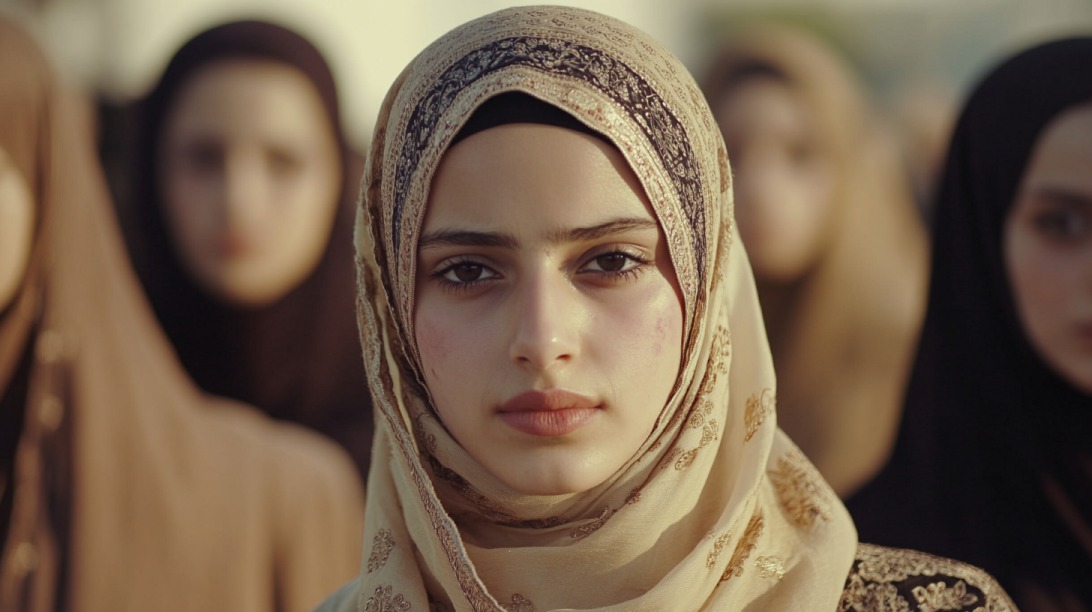
Positive representation of Muslim women in media holds enormous influence over both societal attitudes and personal identity formation.
Every story told through authentic voices has the power to challenge outdated perceptions, inspire new generations, and contribute to a more equitable world.
Addressing misconceptions and creating room for a broader spectrum of experiences can only be achieved through intentional effort at every level of content creation and consumption.
Correcting the Narrative
Accurate and expansive portrayals of Muslim women help dismantle long-held stereotypes and foster more inclusive environments. Media holds a mirror to society, and when Muslim women are consistently shown through a one-dimensional or negative lens, public perception suffers greatly.
A young Muslim girl who witnesses empowering portrayals gains a vital source of confidence, pride, and ambition. Positive images encourage her to dream bigger, to view herself as a full participant in society, and to challenge narratives that seek to marginalize her voice.
Expanding the range of characters, professions, and storylines assigned to Muslim women allows audiences to see them as complex, dynamic individuals who defy simplistic categorizations.
- Empathy
- Respect
- Genuine connection
Support for Muslim Creatives
Opportunities for Muslim creatives to lead storytelling efforts are essential in achieving authentic representation. Writers, directors, producers, and artists who come from Muslim backgrounds offer firsthand perspectives that cannot be replicated through outside interpretation.
Organizations that fund, mentor, and uplift Muslim creatives serve as bridges, helping move narratives toward honesty and away from harmful distortions.
- Achievements
- Struggles
- Humor
- Love
- Strength
- Vulnerability.
Authentic portrayals offer a richer experience for audiences, pushing society toward greater acceptance and respect.
When Muslim women drive the narratives about their own lives, more layers of humanity are revealed, breaking stereotypes and allowing audiences to engage with stories that resonate on a deeper level.
Moving Forward: Strategies for Change
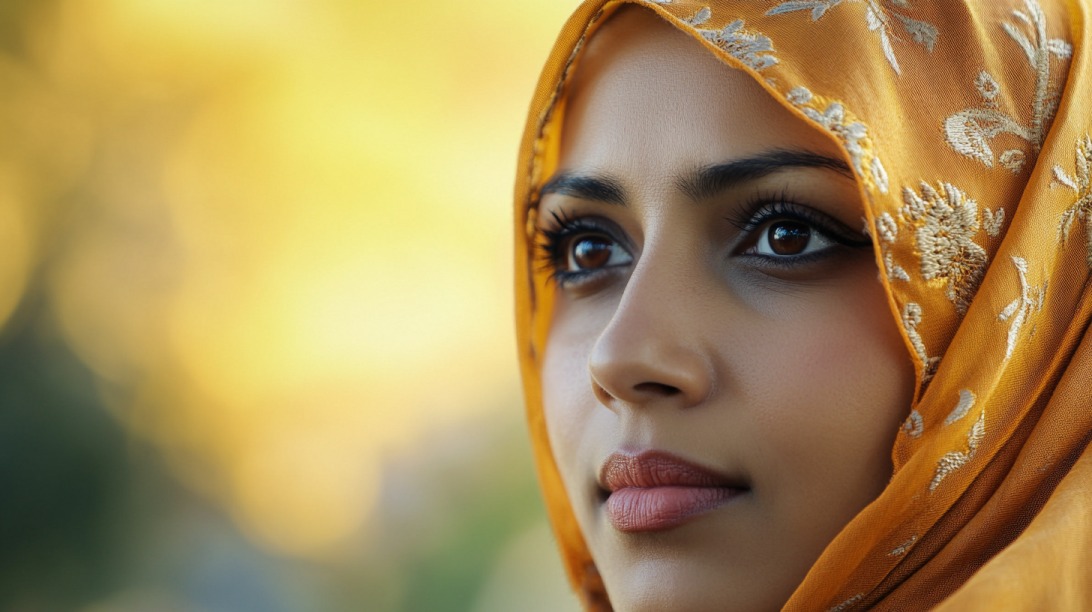
Positive change requires a collective and sustained effort across industries and audiences alike.
No single initiative will suffice on its own; real progress emerges when systemic shifts are paired with conscious public support.
Moving forward demands both structural reform and a cultural awakening about the stories that shape perceptions.
Practical Steps for Media Industries
Commitment to hiring Muslim creatives in decision-making roles must become a non-negotiable standard rather than an occasional gesture.
Writers’ rooms, production teams, executive boards, and casting agencies must welcome Muslim voices not just as consultants, but as leaders and creators with full authority.
Tired and harmful tropes, such as the overused “terrorist” stereotype, must be permanently retired. Storylines should reflect the breadth of Muslim experiences — stories of joy, ambition, struggle, and triumph — told through lenses free of exoticization or reductionism.
Frameworks like the Blueprint for Muslim Inclusion offer actionable steps that organizations can immediately implement. Quotas for representation, mentorship programs for emerging Muslim talent, and partnerships with Muslim-led media initiatives can help shift the culture at its foundation.
Audience Responsibility
Audiences hold immense power in shaping what gets produced. Every ticket purchased, book read, show streamed, and story shared sends a message about what narratives deserve attention.
Choosing to support creative works that present honest and nuanced Muslim experiences encourages the industry to prioritize these voices.
Critical consumption of media must become second nature. Audiences should question biased portrayals, resist stereotypes, and demand richer storytelling.
Online reviews, social media advocacy, and community discussions about authentic representation can amplify marginalized voices and accelerate change. Audience support has the potential to transform representation into a lasting cultural norm rather than a temporary trend.
Summary
Authentic representation of Muslim women and girls in media is not just an issue of fairness but one of social justice, mental health, and cultural cohesion.
Shattering harmful stereotypes paves the way for a more inclusive society where every individual feels seen and valued.
Both the media industry and audiences must work together to uplift real stories, creating a world where Muslim women and girls are represented with the respect and accuracy they deserve.

